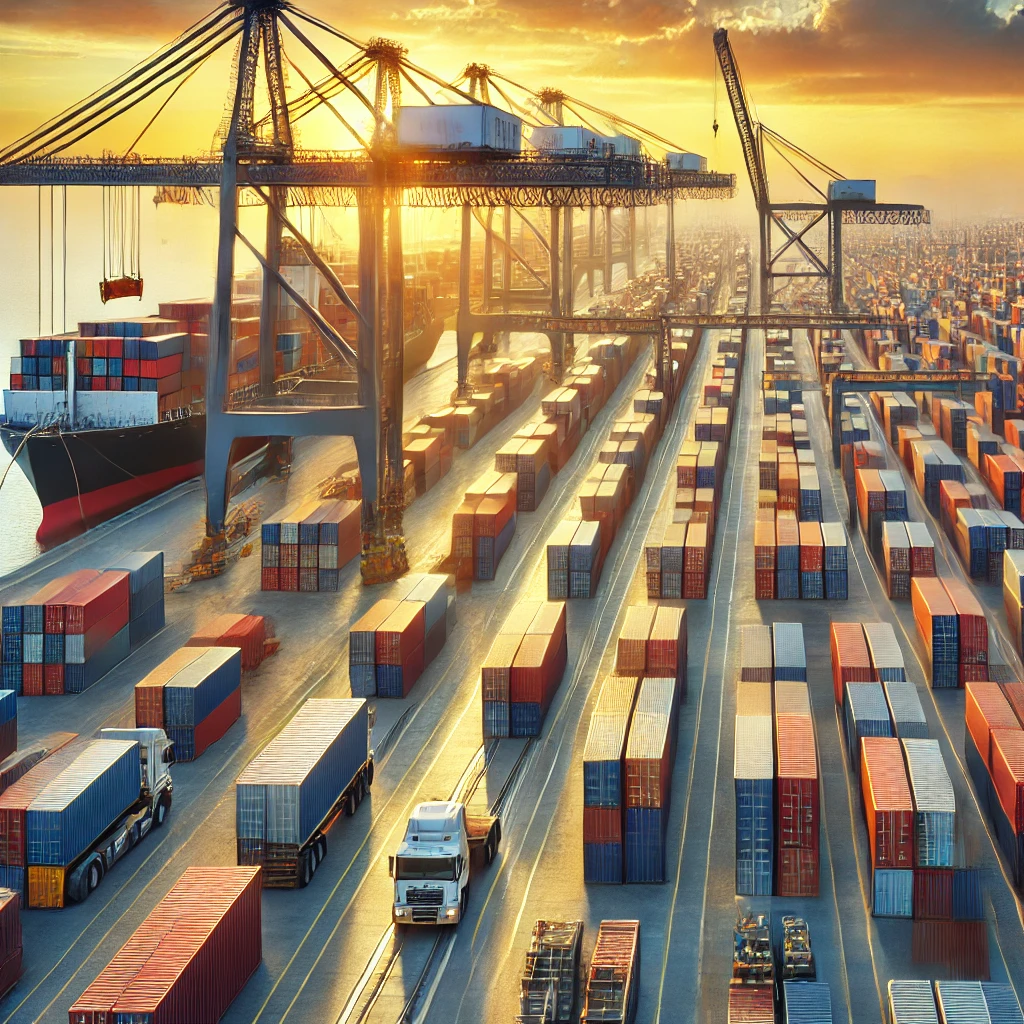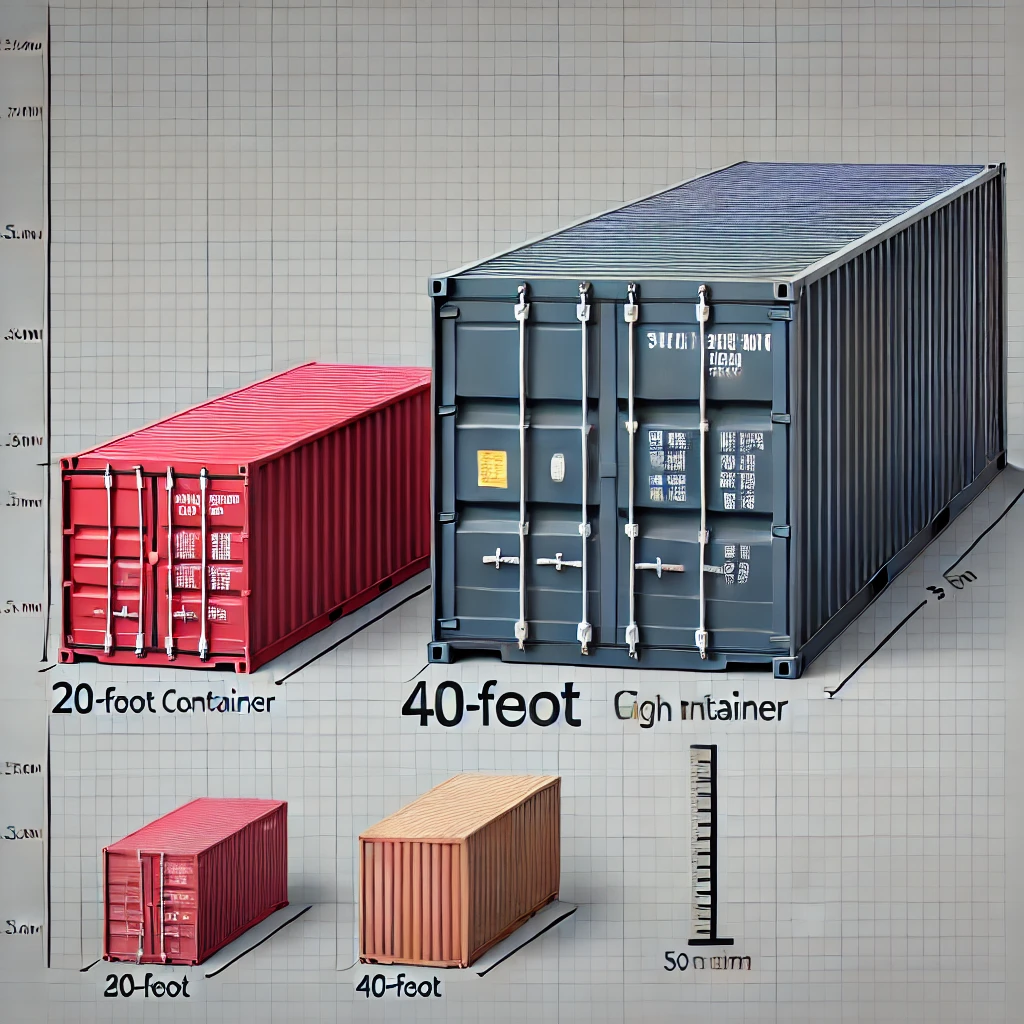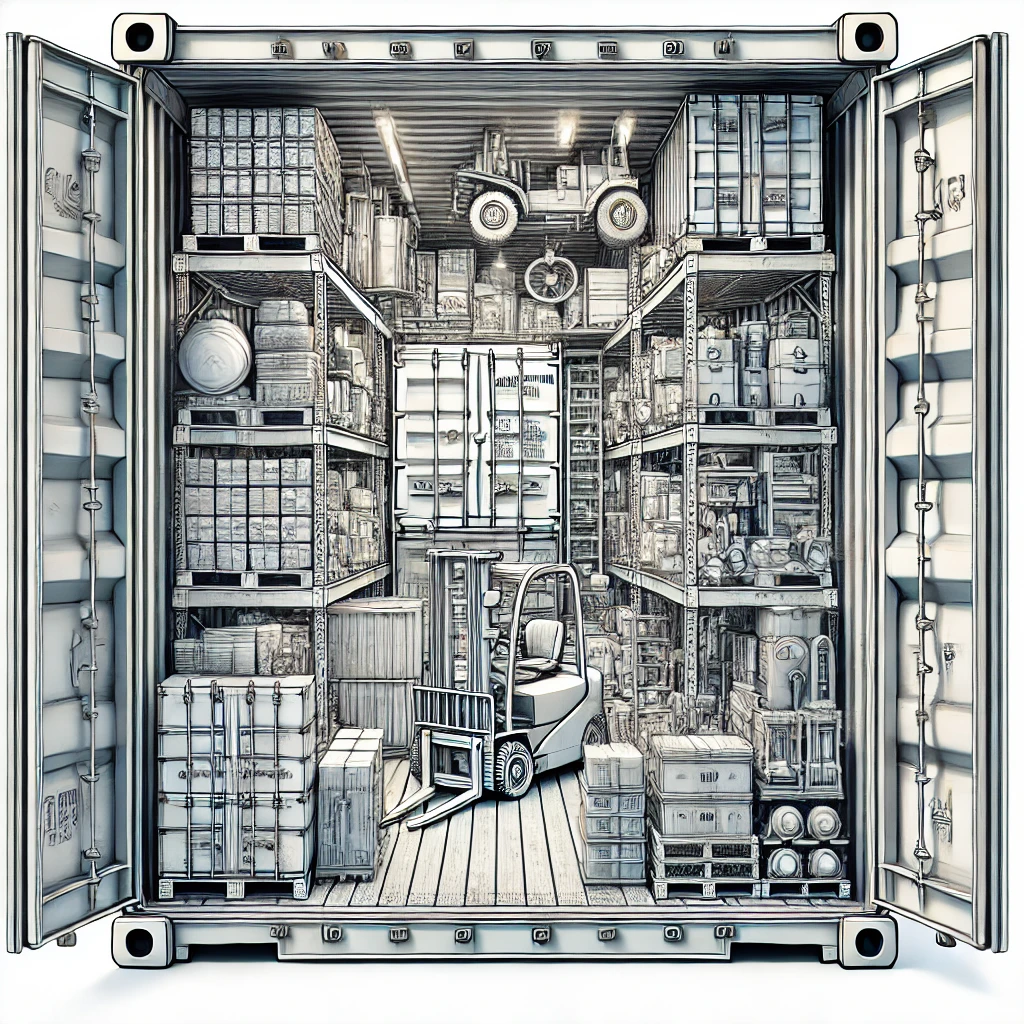Exploring How Big is a Shipping Container in Detail
Shipping containers are essential components of global trade and logistics. They come in various sizes and configurations, each designed to suit specific transportation and storage needs. Understanding their dimensions, capacity, and practical applications is crucial for businesses and individuals involved in logistics, construction, and storage solutions.

Standard Shipping Container Sizes
The most common shipping container sizes are:
- 20-Foot Container (TEU – Twenty-foot Equivalent Unit)
- External Dimensions: 20 feet (6.06m) in length, 8 feet (2.44m) in width, and 8 feet 6 inches (2.59m) in height.
- Internal Dimensions: 19 feet 4 inches (5.9m) in length, 7 feet 8 inches (2.34m) in width, and 7 feet 10 inches (2.39m) in height.
- Capacity: Approximately 33 cubic meters or 1,172 cubic feet.
- Maximum Payload: Varies, but typically around 24,000 kg (52,900 lbs).
- 40-Foot Container (FEU – Forty-foot Equivalent Unit)
- External Dimensions: 40 feet (12.19m) in length, 8 feet (2.44m) in width, and 8 feet 6 inches (2.59m) in height.
- Internal Dimensions: 39 feet 5 inches (12.03m) in length, 7 feet 8 inches (2.34m) in width, and 7 feet 10 inches (2.39m) in height.
- Capacity: Approximately 67.6 cubic meters or 2,389 cubic feet.
- Maximum Payload: Typically around 28,000 kg (61,700 lbs).
- 40-Foot High Cube Container
- External Height: 9 feet 6 inches (2.89m), one foot taller than a standard 40-foot container.
- Additional Capacity: Allows for more voluminous cargo storage.
- 45-Foot High Cube Container
- External Dimensions: 45 feet (13.72m) in length, 8 feet (2.44m) in width, and 9 feet 6 inches (2.89m) in height.
Capacity: Provides extra space for large shipments.

Specialty Containers
- Refrigerated Containers (Reefers): Designed to transport perishable goods at controlled temperatures.
- Open-Top Containers: Allow loading of oversized cargo from the top.
- Flat Rack Containers: Used for heavy and oversized cargo like machinery.
- Tank Containers: Transport liquid commodities like chemicals and beverages.
- Side-Opening Containers: Feature doors on the side for easier access to cargo.
Uses of Shipping Containers
- Transportation & Logistics
- Standardized for easy transfer between ships, trucks, and trains.
- Protect goods from environmental conditions and theft.
- Used in intermodal shipping worldwide.
- Storage Solutions
- Businesses and individuals use containers as temporary or permanent storage units.
- Secure, weather-resistant, and cost-effective.
- Modular Construction
- Converted into offices, homes, cafes, and mobile workspaces.
- Sustainable alternative to traditional building materials.
- Disaster Relief & Emergency Shelters
- Repurposed into emergency shelters in disaster-stricken areas.
- Provide quick, durable housing solutions.
- Retail & Pop-Up Shops
- Cost-effective for setting up temporary or mobile businesses.
- Used by brands for marketing and promotional events.

Factors to Consider When Choosing a Shipping Container
- Size & Capacity: Ensure the container suits the cargo volume and weight requirements.
- Condition: New (one-trip) vs. used containers depending on budget and intended use.
- Customization Needs: Insulation, ventilation, or modifications for special applications.
- Location & Delivery: Transport costs and feasibility of placement on-site.
- Legal Regulations: Compliance with shipping and zoning laws for modified containers.

Conclusion
Shipping containers are an integral part of global trade, offering versatile solutions beyond transportation. From logistics to construction, their adaptability makes them a valuable asset for businesses and individuals alike. Understanding their dimensions and applications can help make informed decisions when selecting the right container for specific needs.
